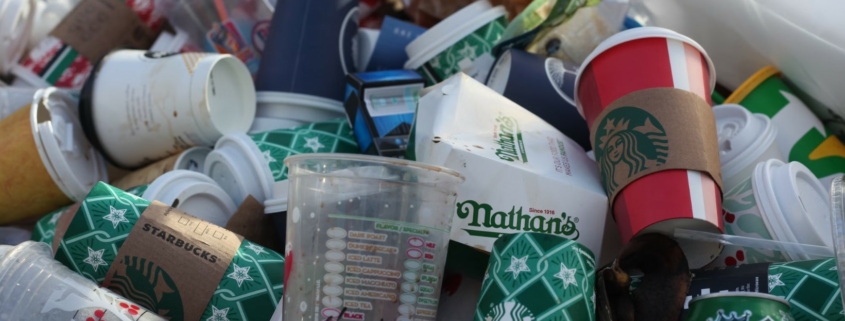What is Trashy Food? (And Why You’ll Want to Steer Clear)
What makes something trashy?
Urban Dictionary tells us that “trashy people contribute little or nothing to society.” They are flashy, but don’t have much substance. No one wants to be called “trashy.” And we shouldn’t call people “trashy”—everyone deserves respect. Some food, on the other hand, deserves no respect. There is definitely some trashy food out there.
Similar to a celebrity who hires a publicist to make sure he is photographed at a soup kitchen, so that no one is paying attention to his sexual harassment charges[AG2] , trashy foods cover themselves in clever packaging that hails them as “organic” or “high in fiber.”
Dr. Carlos Monteiro, M.D., Ph.D., professor and chair of the Center for Epidemiological Studies in Health and Nutrition at the University of São Paulo in Brazil, calls this trashy food, “ultra-processed” because he’s classier than I am.
Dr. Monteiro developed the NOVA food classification system, defining the ultra-processed stuff as, “made mostly or entirely from substances derived from foods and additives, with little if any intact (whole) foods.” This makes a lot of sense to me. However, when nutrition professionals were asked to place food into one of his four NOVA categories (ultra-processed being the 4th one), there wasn’t much consistency in where ultra-processed stuff should go.1[AG3]
Which begs the question—why can’t we agree on what an ultra-processed (trashy) food is?
I’m not big into conspiracy theories, but in this case, I’m going to have to go with the possibility that the ultra-processed food industry has been working for decades on muddying the waters of what an ultra-processed food vs. a processed food vs. even what a whole food is. [AG4] If the celebrity has a publicist, trashy foods have an army of them.

